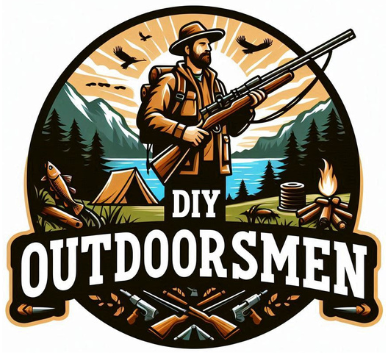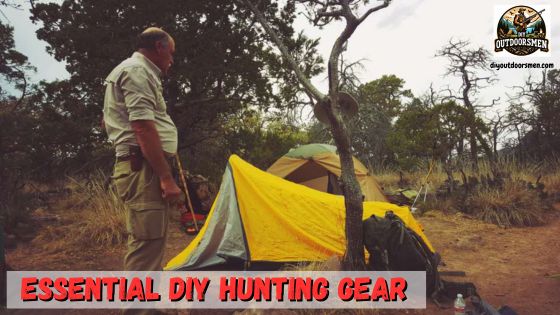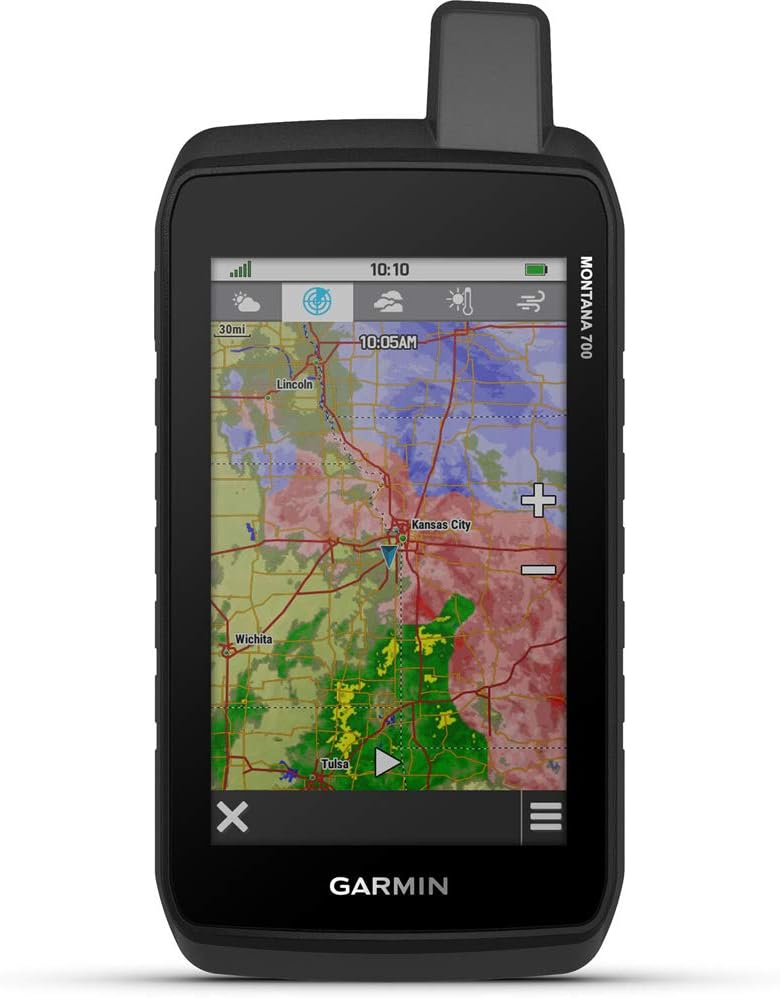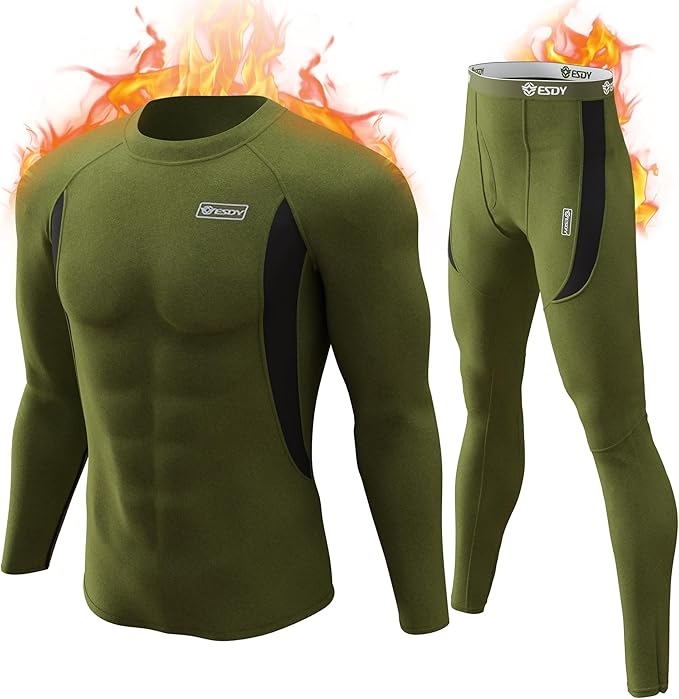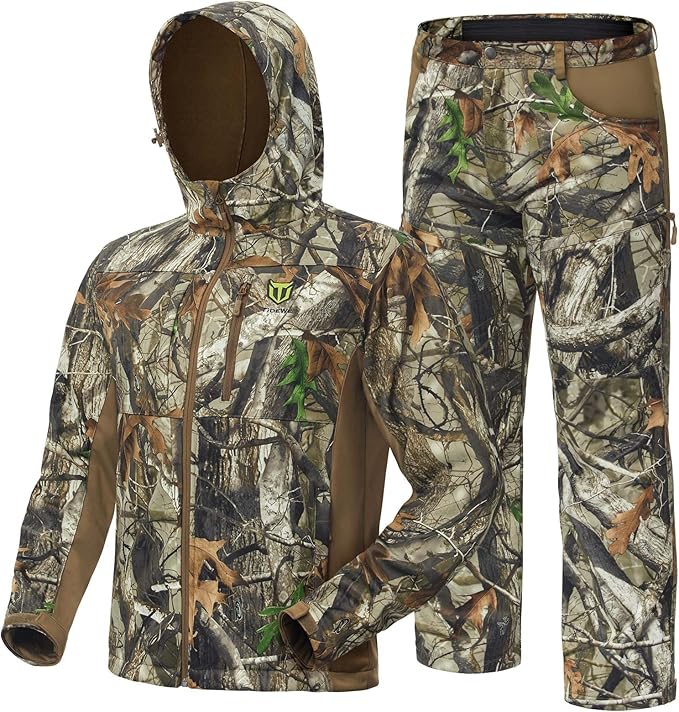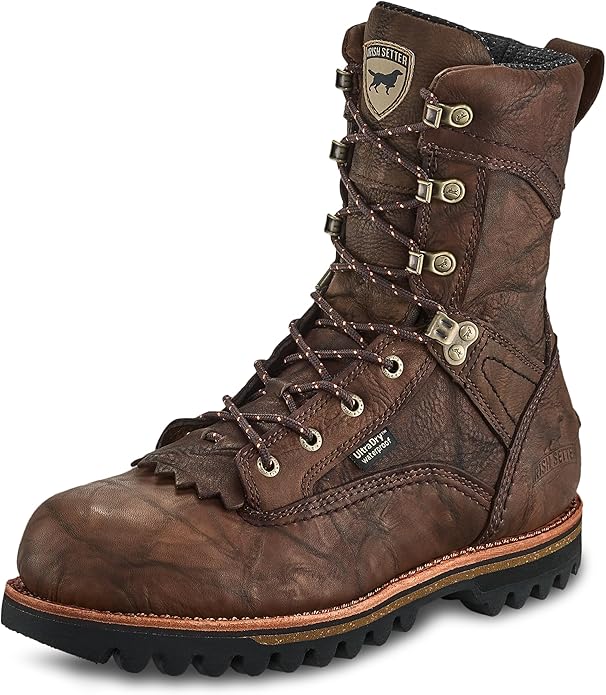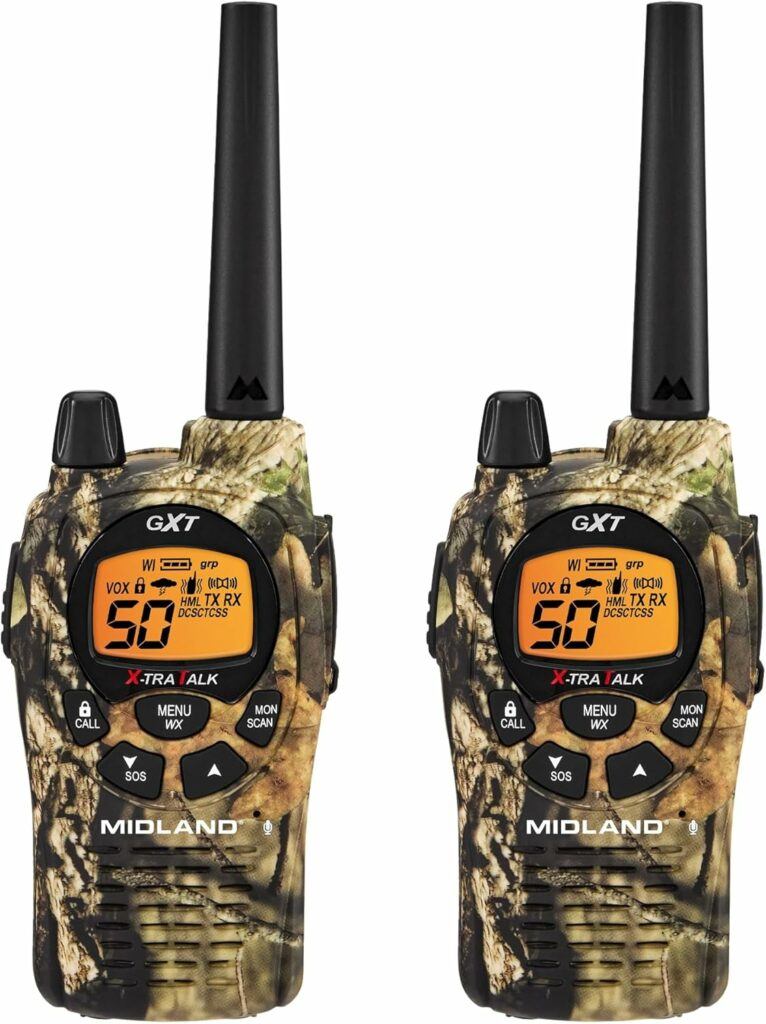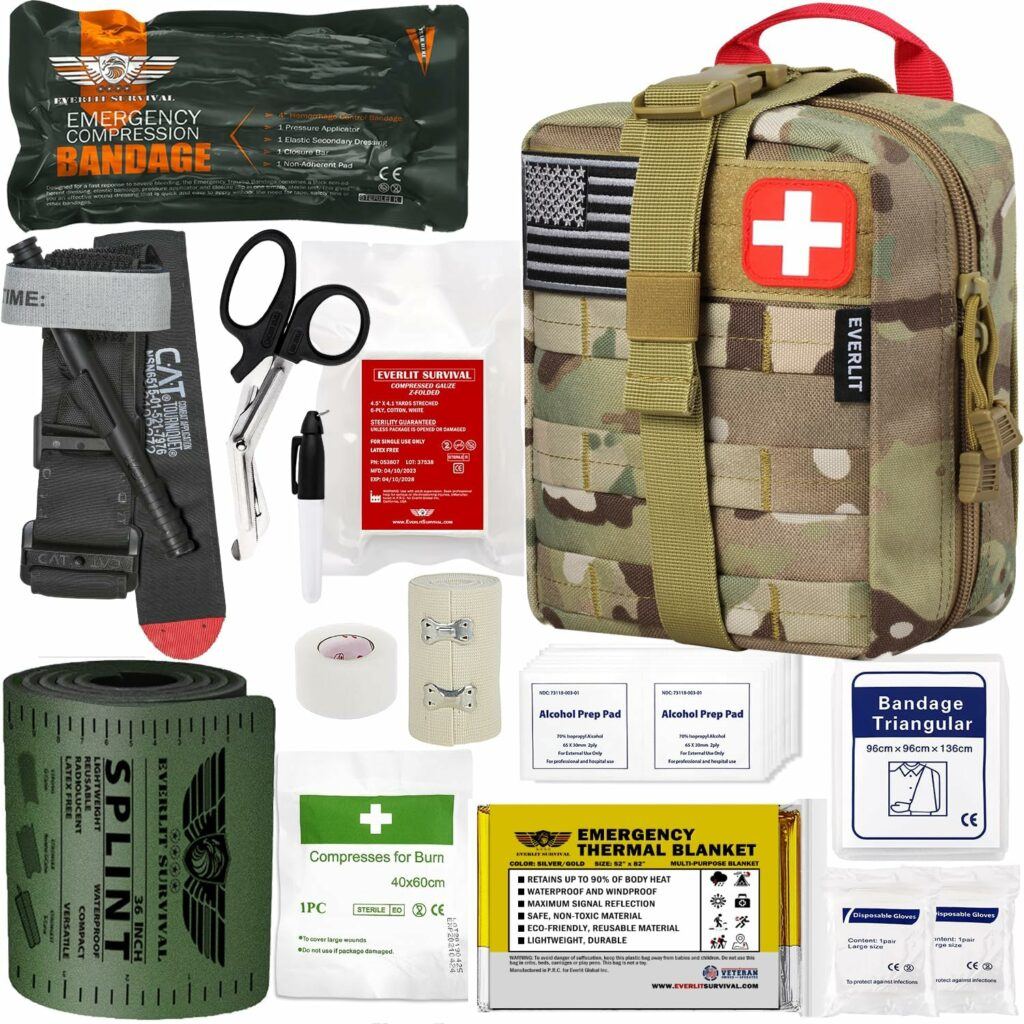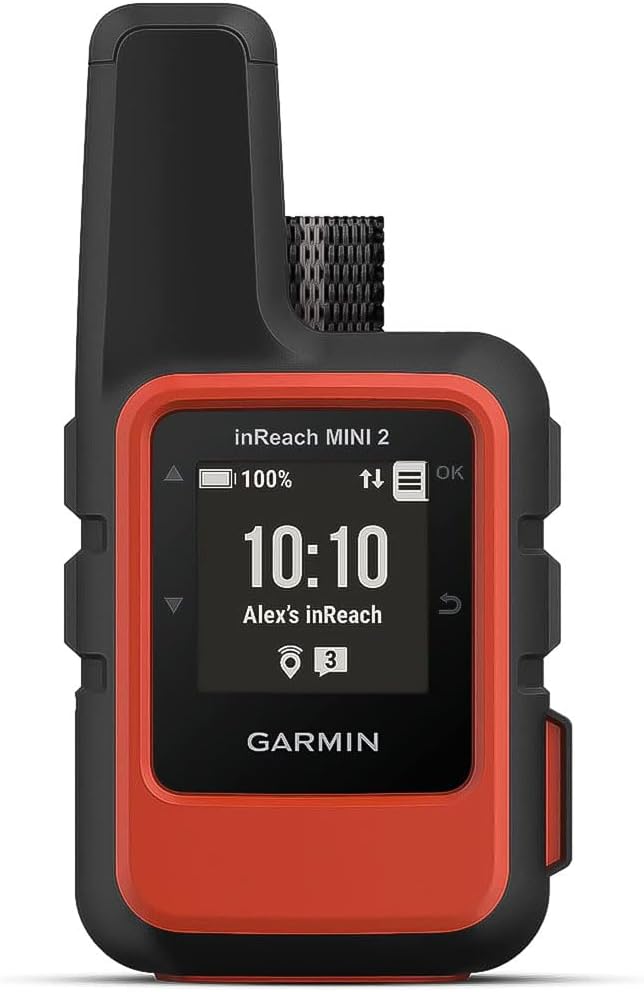Contents
I take my hunting seriously, as do many who prefer the DIY approach. There’s a deep satisfaction in knowing you’re relying on your own skills and gear to venture into the wild.
For me, a successful hunt isn’t just about the game I pursue. It’s about preparation, self-reliance, comradery, and enjoying the great outdoors. In this introduction, I’ll lay out the categories of DIY hunting gear that are non-negotiable for any self-sustained hunting trip.
QUICK LOOK:
To have a safe and hopefully successful DIY hunting trip you will need some essential gear items. Good navigational tools such as GPS, maps, and compass. Your hunting weapon of choice. Hunting clothing, footwear, and tools like knives and meat saws. You will also need food, shelter, water, sleeping gear, and cooking gear. The types and amounts of gear you need will Depend on the type of DIY hunt you are planning.
Now, before we move on to the nuts and bolts of DIY hunting gear, let’s make one thing clear: the right equipment is your ally in the wilderness. It’s essential for safety, efficiency, and a rewarding experience.
As you read on, think of each piece of gear as part of a toolkit. Together, they form a foundation that supports your hunting trip every step of the way. The gear you need will also depend on the type of hunt you’re planning. A pack-in trip will require different gear than say a full base camp type hunt.
I know the importance of never losing your bearings during a hunt. Beyond knowing your prey, understanding the lay of the land is critical. Reliable navigation tools are a critical element of your DIY hunting gear.
That’s why a trusty GPS device is my number one tool for maintaining my sense of direction along with my OnXHunt phone app. But I never hit the trails without a backup—old-school as it may be—a reliable compass alongside a waterproof map.
Sure, technology is convenient with features like pinpoint accuracy and detailed topography, but electronics can fail. Batteries die and devices can get damaged. Hence, I always suggest becoming familiar with a compass and a physical map. Not only do these navigation stalwarts require no power sources, but they also add an extra layer of safety.
Choosing navigation tools boils down to personal preference and the specifics of the region you’re exploring. There are times when a GPS will guide you seamlessly through dense foliage, and occasions a map laid out before you gives the kind of big-picture perspective a screen can’t offer. Always prioritize tools known for their durability and weather resistance. After all, a tool is only good if it works when you need it most.
Clothing and Footwear for DIY Hunting
What I wear on a hunting trip directly impacts my comfort and concealment. In areas where the temperature swings from dawn till dusk, layering is key.
- Starting with a moisture-wicking base layer, I add insulation and then top it with a weather-resistant shell. This setup allows me to adapt as the day progresses.
- Camo pants and shirts: Camouflage plays a crucial role in staying unnoticed. Today’s market offers patterns suitable for various terrains, but the selection goes beyond aesthetics. It’s essential to choose clothing that integrates scent-blocking technology, as animals are highly sensitive to human scent.
- Comfortable and durable boots: Footwear cannot be an afterthought. I invest in durable, waterproof boots that offer ankle support and stealth with every step. Silent movement can make the difference between a failed stalk and a successful hunt, so I prefer soles that grip without noise.
As a hunter, blending into the environment while maintaining comfort sets the stage for success. With the right DIY Hunting gear, I can focus on the hunt without distractions from the elements or my clothing.
DIY Hunting Gear – Equipment and Tools
When I plan my hunting trips, my focus is on precision and simplicity. It starts with selecting the right weapon. Each hunter has preferences, whether it’s for a bow, rifle, or crossbow. I examine the pros and cons of each, including weight, ease of use, and suitability for the game I’m after.
A crucial aspect often overlooked is the maintenance of hunting equipment. I carry a compact cleaning kit for my firearms or a bowstring wax for my bow. Proper care ensures reliability when that critical moment arrives.
I’ve learned to choose multipurpose tools to reduce the weight of my pack. A good knife, for example, is indispensable. It can aid in field dressing, cutting branches for a makeshift blind, or preparing food at camp. Likewise, a lightweight, sturdy pair of binoculars is non-negotiable. The ability to spot game from a distance saves energy and increases my success rate.
Efficiency is why I also carry a lightweight game carrier. After a successful hunt, it facilitates the transport of game from the field to camp. This piece of gear has to be durable yet not add unnecessary weight to my load.
Moving on to the living aspects of a hunting trip, I’ll talk next about setting up camp. While DIY hunting gear is vital for the success of the chase, shelter, and food are what keep me going through the journey.
DIY Hunting Gear and Camping Essentials
When I’m miles from civilization, immersed in the wild, I turn my focus to two crucial aspects: where I’ll sleep and what I’ll eat. Getting these wrong can turn a promising hunt into a grueling test of endurance.

- Tent or Shelter: For shelter, my recommendation is straightforward. Invest in a lightweight, weather-resistant tent. It should be easy to set up and pack away because, after a long day of hunting, you don’t want to wrestle with a complex shelter system. Look for one with a low profile to stay hidden from wildlife.
- Sleeping Gear: Sleeping arrangements are next. A quality sleeping bag rated for the lowest temperatures you expect is critical. Pair this with an insulated, inflatable sleeping pad for added warmth and cushioning.
- Cooking Essentials: Cooking in the wilderness is another area where I keep things uncomplicated. A compact, durable stove is your best friend. You need something that can rely on a variety of fuels that might be more readily available. Remember to pack enough fuel to last your trip and a little extra for emergencies.
- Water: I also carry an easy-to-use water filter or purification tablets, as they’re imperative for both cooking and staying hydrated. Packing a durable water container is wise, and it never hurts to identify natural water sources on your map beforehand.
- Food: My food choices are all about energy efficiency. High-calorie, non-perishable food items like nuts, jerky, and energy bars save space and keep my load light. For longer trips, freeze-dried meals can offer a welcome change without adding much weight.
- Camp Tools: A good shovel and a sharp axe will come in handy around camp for things like digging latrines, and fire pits, and chopping firewood.
With these shelter and sustenance basics in mind, I shift my attention to safety and communication—equally essential elements. After all, a responsible hunter not only prepares for the hunt but also for any unpredictable events that might occur.
Staying Safe and Leaving No Trace
I want to stress the importance of safety and communication in the wilderness. It’s crucial to have a solid plan for emergencies. A well-stocked first-aid kit designed for outdoor activities and the potential injuries associated with hunting is non-negotiable. Think of it as your safety net, something I hope you never need but should always carry.
Equally essential is the ability to reach out for help if the situation calls for it. It may feel like extra weight, but devices like satellite phones or personal locator beacons can be lifesaving. Make sure they’re part of your gear. Remember, even if you’re venturing out for solitude, it’s wise to share your plans with someone. Should anything go awry, they’ll know where to direct search and rescue teams.
Finally, as hunters, we have a responsibility to protect the natural habitats we enjoy. It’s not just about what we bring into the wilderness, but also about what we leave behind. Use biodegradable materials when possible and ALWAYS pack out everything you pack in. Adhering to the ‘leave no trace’ principles ensures a sustainable environment for future generations to enjoy the thrill of the hunt, just as you do.
By focusing on safety, communication, and environmental ethics, you can make your DIY hunting trips both memorable and responsible. Keep these tips in mind, double-check your gear before you head out, and PLAY YOUR PART in preserving the great outdoors.
As always, stay safe, enjoy the journey and please try to leave it cleaner than you found it. If you have any comments, questions, ideas, or suggestions please leave them in the comment section below and I’ll get back to you ASAP. You can follow us on YouTube: Man Art Creations for videos of our DIY Adventures.
Check Out Our Latest DIY Hunting Articles:
- 5 Best Public Land Mule Deer Hunting In Colorado

- Bow Hunting For Mule Deer

- Best Public Land Mule Deer Hunting

- Drone-Based Scouting Services For Mule Deer
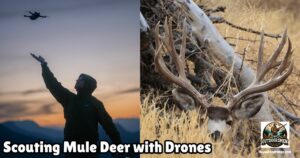
- Late Season Mule Deer Hunting Tips
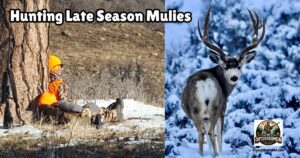
- 8 Tips for Dealing with Hunting Pressure While Mule Deer Hunting
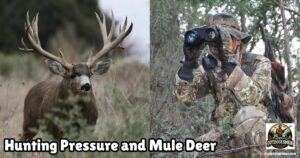
P.S. – Thanks so much for checking out our blog we really appreciate it. Just so you know, we may receive a commission if you click on some of the links that appear on our site. This helps us keep our content free and up-to-date for everyone. We appreciate your support!
